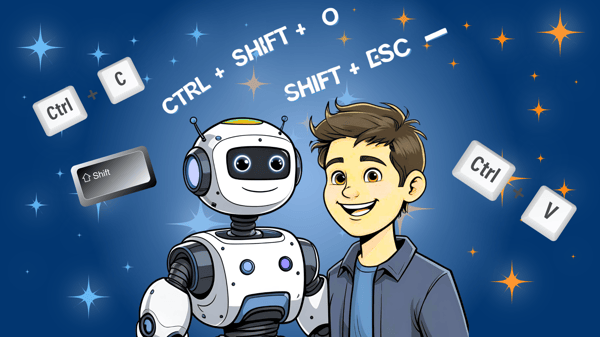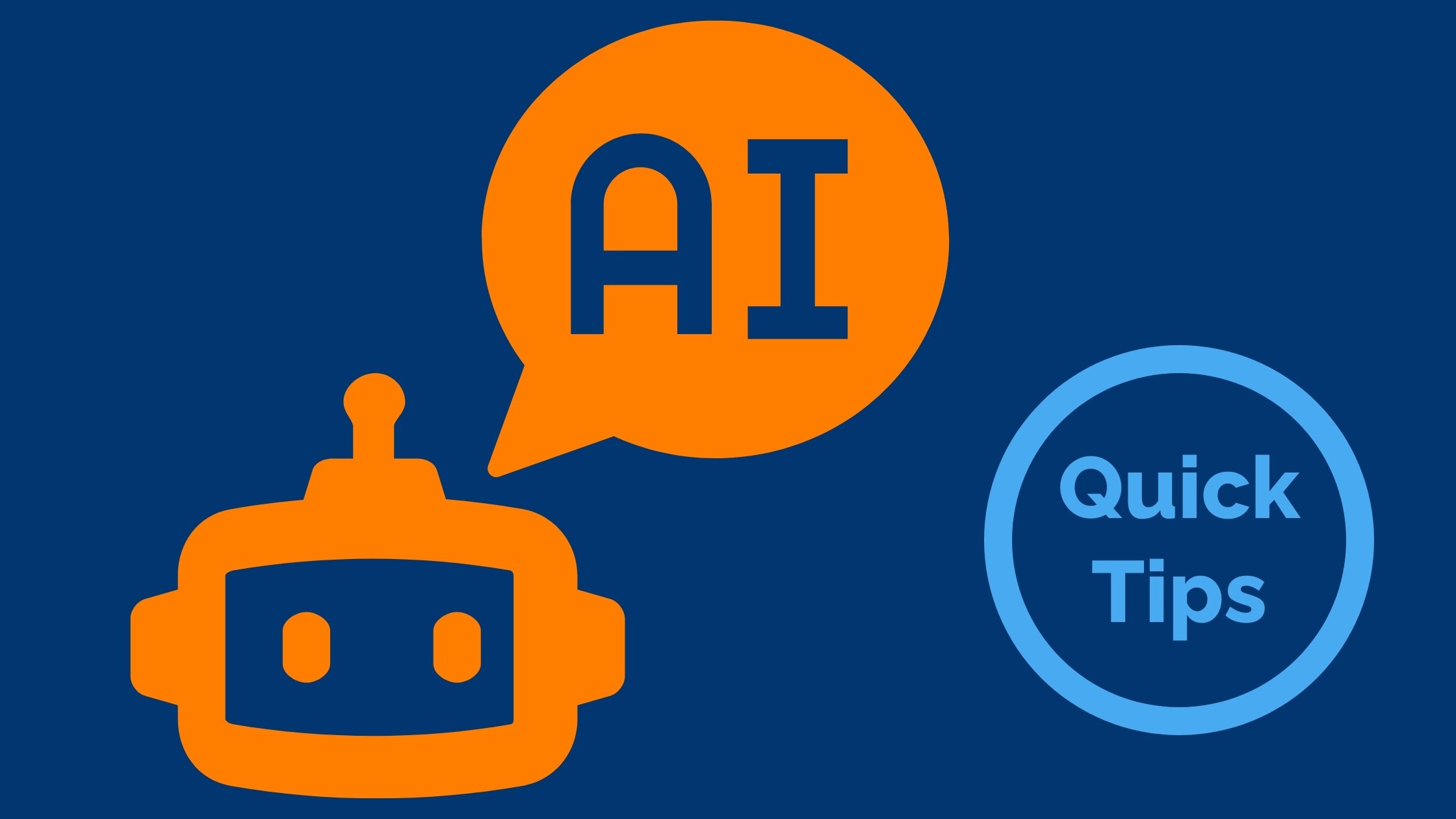In case you haven’t heard, OpenAI released their new flagship model - GPT-5.
Since the most common first question is “How are they different?”, I went directly to ChatGPT to see how it lays out the differences. Here is what gave me -
Here’s a clear breakdown of the main differences between GPT-5 and GPT-4o:
1. Core Model Advancements
- GPT-5 is a newer generation in the GPT series, trained with more data, broader domain coverage, and more sophisticated training techniques.
- GPT-4o (the “omni” model) was designed as a highly capable multimodal model, but it’s still based on the GPT-4 family of architectures. GPT-5 builds on that foundation with deeper reasoning capabilities, improved accuracy, and better consistency in long conversations.
2. Reasoning & Problem Solving
- GPT-5 shows notably stronger multi-step reasoning, especially for complex tasks like code generation, mathematical problem solving, legal reasoning, and multi-turn logical deduction.
- It’s more resistant to “hallucinations” (inventing false facts) and better at self-checking its own answers before returning them.
- GPT-4o was already good at reasoning, but GPT-5 reduces subtle logic errors and better maintains accuracy over very long contexts.
3. Memory & Context Handling
- GPT-5 supports much longer context windows than GPT-4o, meaning it can remember and work with far more of the conversation at once without losing track.
- This helps in long research sessions, large document analysis, and remembering nuanced details from earlier turns.
4. Multimodal Abilities
- GPT-4o was the first GPT model to natively unify text, image, audio, and video inputs/outputs in one model.
- GPT-5 retains all of that but is faster at cross-modal reasoning — e.g., interpreting an image, referencing it in text, and combining it with other inputs.
- GPT-5’s image and audio understanding is more precise, and it’s better at extracting small, nuanced details from media.
5. Speed & Efficiency
- GPT-5 is optimized to respond faster on complex queries without reducing accuracy.
- It’s also better at handling “dense” prompts with multiple constraints or interwoven requirements.
6. Safety & Instruction Following
- GPT-5 uses improved safety alignment, reducing the risk of biased, misleading, or unsafe responses.
- It follows instructions more faithfully — especially in cases where the prompt is long, layered, or slightly ambiguous.
77. Practical Impact
- For casual use, the jump from GPT-4o to GPT-5 feels like fewer misunderstandings and better reasoning in tricky problems.
- For power users (coding, research, legal drafting, creative writing), GPT-5’s upgrades become much more noticeable — fewer mistakes, better recall of earlier context, and smoother handling of highly specific instructions

Save Time, Skip the Mouse
ChatGPT can do more than chat, it can save your wrists and your sanity. Our ChatGPT for Complete Beginners course is full of shortcuts (literal and figurative), and our blog tips are like bonus time-savers you didn’t know you needed.


Comments